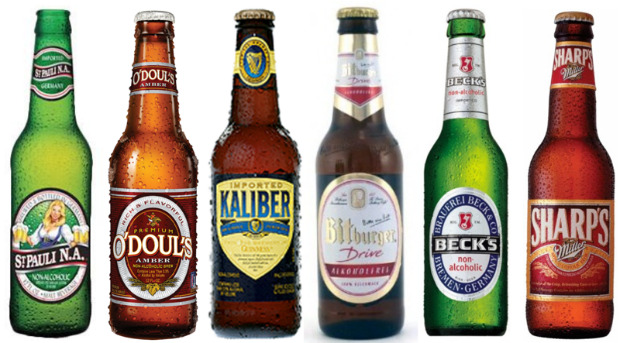Non-alcohol beers have been around since the early 1900s. But it wasn’t until the 1920s and the implementation of Prohibition Laws in the U.S. that they became “popular”.
Despite their legal status and availability, they were never considered to be very good. This was because the ethanol was removed using thermal processes, like distillation or vacuum evaporation. These processes are damaging to beer flavor and quality, and although technologies have improved, they are less than ideal.
In the 1990s, membrane technologies (UF, dialysis, and RO) were adopted and remain widely used. Their advantage is that they are non-thermal and have less impact on beer quality. Nonetheless, there is evidence, as noted in this recent paper, that ethanol does play a role in flavor and aroma perception.
It should be noted that non- or low-alcohol beers are now more popular than ever before. This is largely because of laws and penalties (and social awareness) for vehicular driving-under-the-influence violations.
There is now current interest, as highlighted in this 2019 review, in making these beers based on the biology of the yeast. That is, are there strains that produce good flavor and palatability, but do not produce ethanol? Indeed, such strains do exist, and in general rely on their inability to ferment maltose, the main substrate in wort. This paper
describes many of these strains and their properties.
Image from: obersenorita.com

